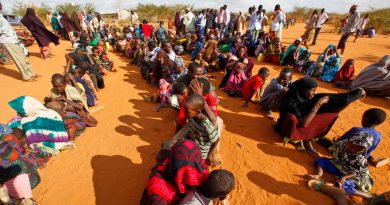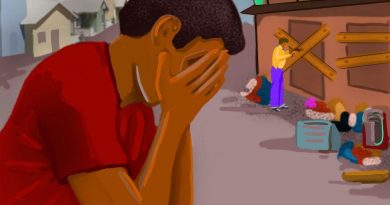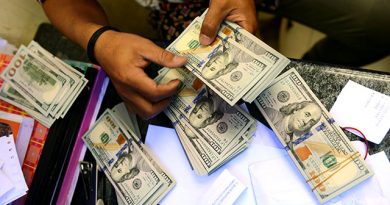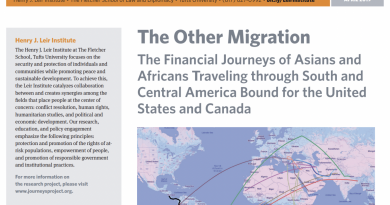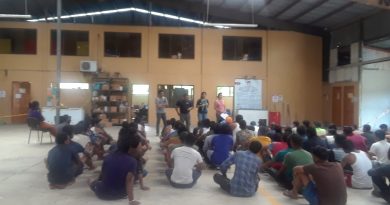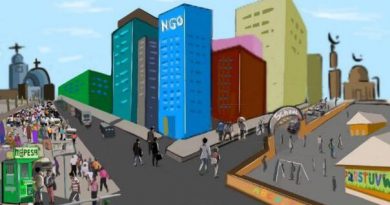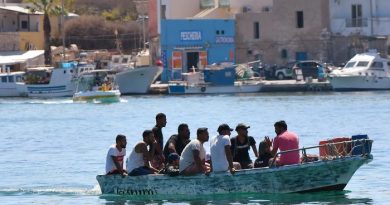The Ties that Bind (or Not): Social Networks Among Extra-Continental Migrants
By Heather Kunin, under the supervision of Kim Wilson. Social networks have long been recognized as playing a pivotal role within migration, with multiple studies examining, among other phenomena, the role of social networks in predicting the decision to migrate and choice of destination, as well as in impacting migrants’ chances for integration. Social network analysis (SNA) is a methodology for visualizing and interrogating relationships among actors and is highly applicable to a field where social networks are considered “one of the fundamentals of the migration process.” Until recently, this discipline has been woefully underutilized within migration studies, although this is beginning to change.
Read More
